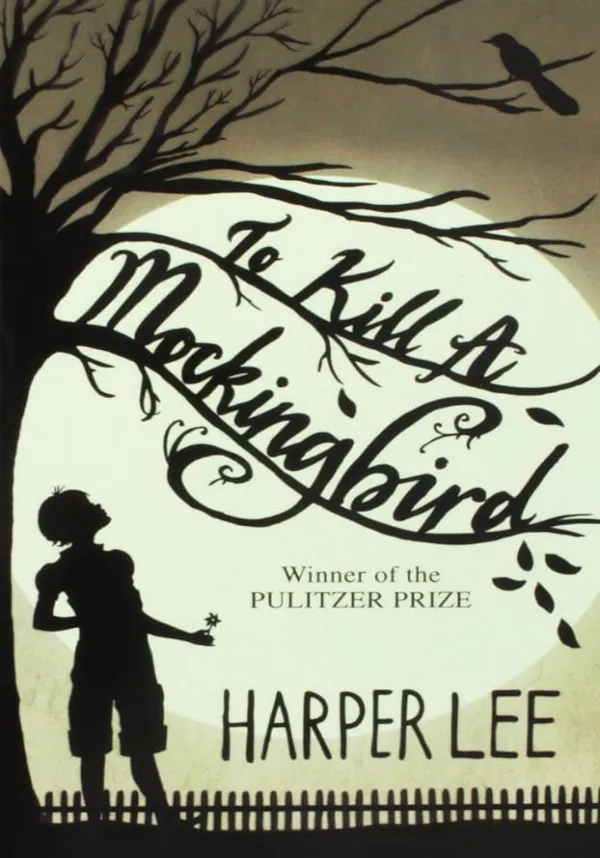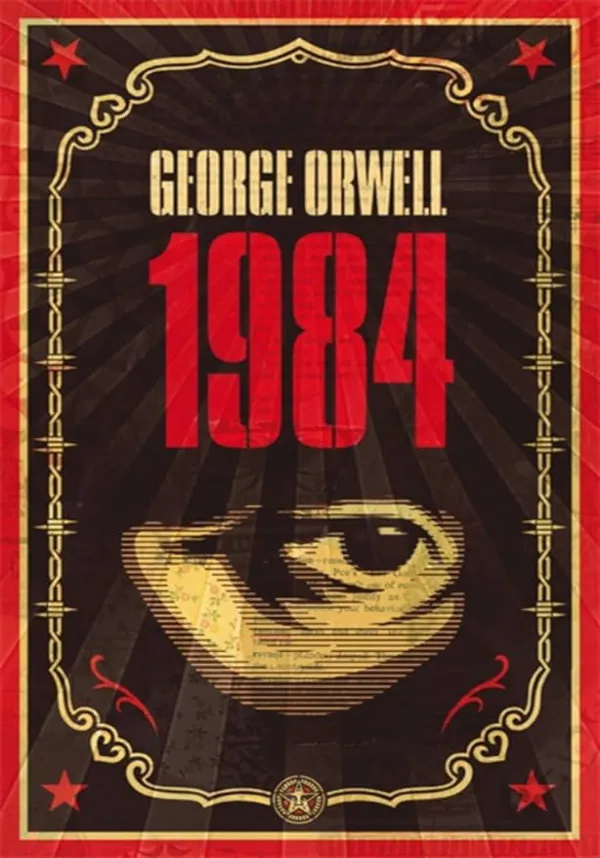Have you ever wondered why certain books are banned? From challenging societal norms to sparking political debates, banned books have undoubtedly played a crucial role in shaping our cultural landscape. In this article, we’ll explore ten of the most controversial titles and explain why they’re worth reading, despite—or perhaps because of—their banned status.
The History and Impact of Banned Books
Before we dive into our list, let’s first briefly explore the history of banning books:
- Ancient times: Initially, book burning was a common practice to suppress ideas.
- Middle Ages: Subsequently, religious institutions often banned books deemed heretical.
- Modern era: Today, governments and schools continue to ban books for various reasons.
The banning of books has significant impacts, including:
- Firstly, limiting free speech and expression
- Secondly, restricting access to diverse perspectives
- Lastly, and ironically, increasing interest in banned titles
Now that we understand the context, let’s explore our top 10 banned books and why they’re still relevant today.
Why It Was Banned
This Pulitzer Prize-winning novel has been banned primarily for its use of racial slurs and discussions of rape. However, it remains a powerful exploration of racial injustice in America.
Why You Should Read It
“To Kill a Mockingbird” offers valuable lessons on empathy, justice, and moral courage. Consequently, its themes are unfortunately still relevant in today’s society.
Why It Was Banned
Orwell’s dystopian masterpiece has been banned mainly for its political content and sexual themes. Moreover, some governments have found its depiction of totalitarian control too close for comfort.
Why You Should Read It
“1984” provides a chilling warning about the dangers of government overreach and the manipulation of truth. In our era of “fake news” and surveillance technology, it’s therefore more relevant than ever.
Controversial Aspects
This coming-of-age novel has been banned primarily for its profanity, sexual content, and perceived promotion of rebellion among teenagers.
Its Enduring Appeal
Nevertheless, Salinger’s work captures the universal experience of teenage alienation and the struggle to find one’s place in the world. As a result, it continues to resonate with readers of all ages.
Why It Faced Bans
Morrison’s Pulitzer Prize-winning novel has been banned largely for its graphic depictions of slavery, violence, and sexual content.
- Its Cultural Significance
Despite the controversy, “Beloved” offers a powerful and necessary exploration of the lasting trauma of slavery. It’s thus an essential read for understanding American history and the African American experience.
- Reasons for Controversy
Walker’s novel has been banned primarily for its explicit language, sexual content, and challenging of traditional gender roles.
- Why It Matters Today
Nonetheless, “The Color Purple” provides a voice to marginalized groups and explores themes of resilience and personal growth. Consequently, its message of empowerment remains relevant.
How to Engage with Banned Books
- Firstly, join a banned book club to discuss these works with others.
- Secondly, participate in Banned Books Week, an annual event celebrating the freedom to read.
- Additionally, support libraries and bookstores that promote banned books.
- Finally, encourage open dialogue about controversial themes in literature.
Conclusion
In conclusion, banned books offer unique insights into our society, challenging our perspectives and encouraging critical thinking. By reading these controversial works, we gain a deeper understanding of diverse experiences and ideas. So, which banned book will you read next?






